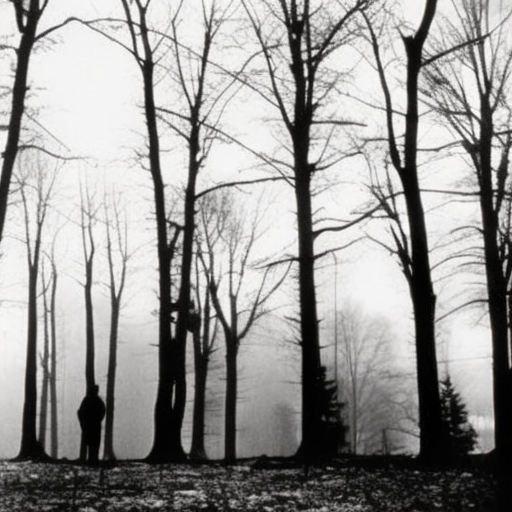Battle of the Bulge: A Desperate German Offensive
The Battle of the Bulge, also known as the Ardennes Offensive, was a major World War II battle fought from December 16, 1944, to January 25, 1945. It was the last major German offensive campaign on the Western Front and aimed to split the Allied forces and recapture the Belgian port of Antwerp.
Background
By late 1944, the Allies had made significant progress in liberating Western Europe. The German army was on the retreat, and the Allies had pushed them back to the Siegfried Line, a defensive fortification along the German border. However, Adolf Hitler saw an opportunity to launch a surprise offensive and regain the initiative.
The Offensive
On December 16, 1944, the German army launched a massive offensive in the Ardennes region of Belgium, catching the Allies off guard. The offensive was spearheaded by three German armies, with a total of 30 divisions and over 200,000 troops. The Germans aimed to punch through the thinly defended Allied lines, create a bulge in the front, and then drive towards Antwerp.
The initial German assault was successful, as they quickly broke through the American lines and created a bulge in the front, giving the battle its name. The Allied forces were caught off guard and had to scramble to respond to the German offensive.
The Siege of Bastogne
One of the key moments of the Battle of the Bulge was the siege of Bastogne. The town of Bastogne, located in Belgium, was a vital road junction that the Germans needed to capture to continue their advance. However, the 101st Airborne Division, along with other American units, held out against the German onslaught.
The Germans surrounded Bastogne and demanded the surrender of the American forces. In response, the American commander, Brigadier General Anthony McAuliffe, famously replied, “Nuts!” This defiant response rallied the American troops, and they held their ground despite being outnumbered and heavily bombarded.
Allied Counterattack
While the Germans made initial gains, the Allied forces quickly regrouped and launched a counterattack. General George S. Patton’s Third Army played a crucial role in relieving the besieged town of Bastogne. The weather conditions, including heavy snowfall and fog, initially hampered the Allied air support, but as the weather improved, the Allies gained air superiority.
The Allied counterattack pushed the Germans back, and by January 25, 1945, the Battle of the Bulge came to an end. The German offensive had failed to achieve its objectives, and the Allies had successfully defended their positions.
Significance
The Battle of the Bulge was a significant turning point in World War II. Although the Germans had launched a surprise offensive and initially made gains, they were ultimately unable to sustain their momentum. The battle depleted the German army’s resources and manpower, further weakening their position.
The Battle of the Bulge also highlighted the resilience and determination of the Allied forces. Despite being caught off guard, they quickly regrouped and successfully repelled the German offensive. The battle demonstrated the effectiveness of Allied coordination and the superiority of their combined arms strategy.
Furthermore, the Battle of the Bulge marked the beginning of the end for Nazi Germany. The German army suffered heavy losses and was unable to recover from the defeat. The Allies continued their advance, liberating more territory and ultimately leading to the unconditional surrender of Germany in May 1945.
In conclusion, the Battle of the Bulge was a desperate German offensive that aimed to turn the tide of World War II. Although the Germans initially made gains, the Allied forces quickly regrouped and launched a successful counterattack. The battle marked a significant turning point in the war and ultimately contributed to the defeat of Nazi Germany.












